Duration: 2 hours
What are the methods for implementing permaculture practices to design and develop small green spaces in urban environments? Even the tiniest urban areas can be utilized to cultivate food.
It’s possible to grow food successfully without needing a large yard or a huge greenhouse. Some of the most productive gardens can grow delicious fruits and vegetables in a small space, even in an urban environment.
All you need are design skills, materials, tools, and imagination. Techniques like vertical gardening and intercropping can help maximize your growing space. Even a small, sunny area on a balcony or terrace can be a great space for growing plants.
However, there are a few important points to keep in mind when growing food in a small space. It’s crucial to start with analysis and design.
If you have a small yard in an urban area, it’s important to check the depth of the soil. Sometimes, green areas are just a thin layer of soil over gravel or concrete. You can easily find out the soil depth by observing the plants in the area. Deep-rooted plants indicate enough soil for growing food directly, while shallow-rooted plants suggest the need for raised beds or pots without a bottom.
In most cases, yards are covered with concrete or tiles, so containers are the only option for growing food.
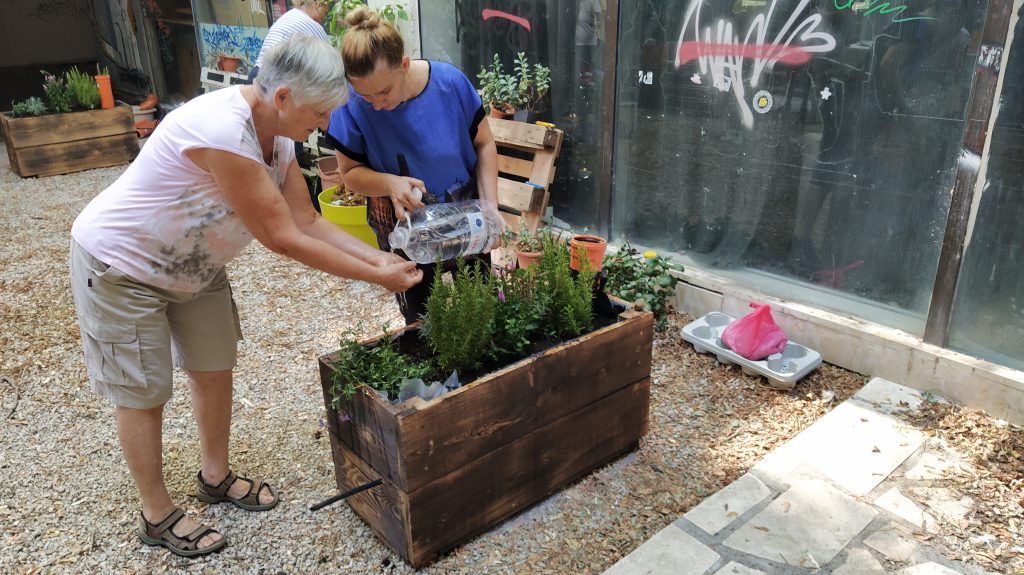
Small urban spaces can be vulnerable to excess water due to limited drainage. It is important to ensure that containers have proper drainage to prevent water damage. Be mindful of the water needs of each plant to avoid overwatering and provide good drainage for plants that prefer drier soil. Additionally, consider conserving water by utilizing local resources and recycling water from sinks or air conditioners.
Plants require sunlight and water, in addition to soil, to grow. In urban environments with limited space, a lack of sunlight can be a common issue. It is important to carefully assess the amount of sunlight and the level of lighting in the area where you plan to add greenery. The design of the space should take these factors into account, and plants that require a lot of light (heliophytes) should be distinguished from those that can thrive in shade or partial shade (sciophytes).
When planning to grow food in an urban environment, it’s important to consider the air quality in the area. Ideally, the location should be at least 100 meters away from any major road or highway, or it should be higher than the 3rd floor. Additionally, some plants can act as barriers and help mitigate pollution.
The incorporation of vertical gardens in this concept is highly beneficial for maximizing and utilizing available space. In this scenario, it may be necessary to plant vegetation in close proximity, so careful consideration of companion planting is important when growing food in small spaces. It’s also wise to select fast-growing vegetables that can be harvested as they grow, such as watercress, chives, nasturtium, etc.
Companion planting involves planting two or more crops together in order to create a diverse and mutually beneficial environment. By combining plants that complement each other, we can increase the amount of food grown per unit area. This method provides mutual physical support and protection among plants, positively impacts soil health, aids in pest control, enhances pollination, and provides habitat for beneficial insects.
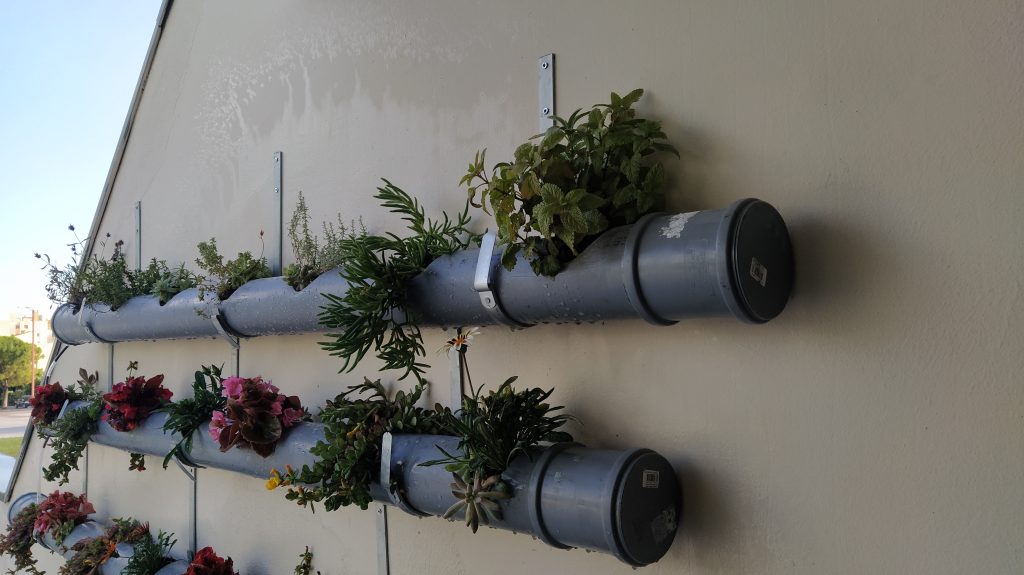
Carrots, broccoli, cabbage, and other crops come in different sizes. Look for small varieties labeled as “miniature,” “baby,” or “compact.” Select varieties that don’t require a lot of space and don’t have an aggressive growth habit.
Implement succession planting, which involves growing different varieties of the same crop that mature at different times. Rather than planting just one crop of carrots, consider planting spring, summer, and fall carrots. Successful succession planting requires careful planning.
Pruning is a great way to increase your harvest in a limited space. Unpruned crops like tomatoes, strawberries, and cucumbers can occupy more space than needed. Pruning helps the plant produce more fruit instead of directing its energy towards leaf growth.
Remember to utilize the edges and margins of your garden, a key principle in permaculture design. Whether it’s a fence, a wall, or narrow beds, maximize the potential of these areas. For instance, you can plant perennial beds along the garden’s edge for companion planting. Lavender, rosemary, and other perennials can assist with pollination and pest control for your crops.
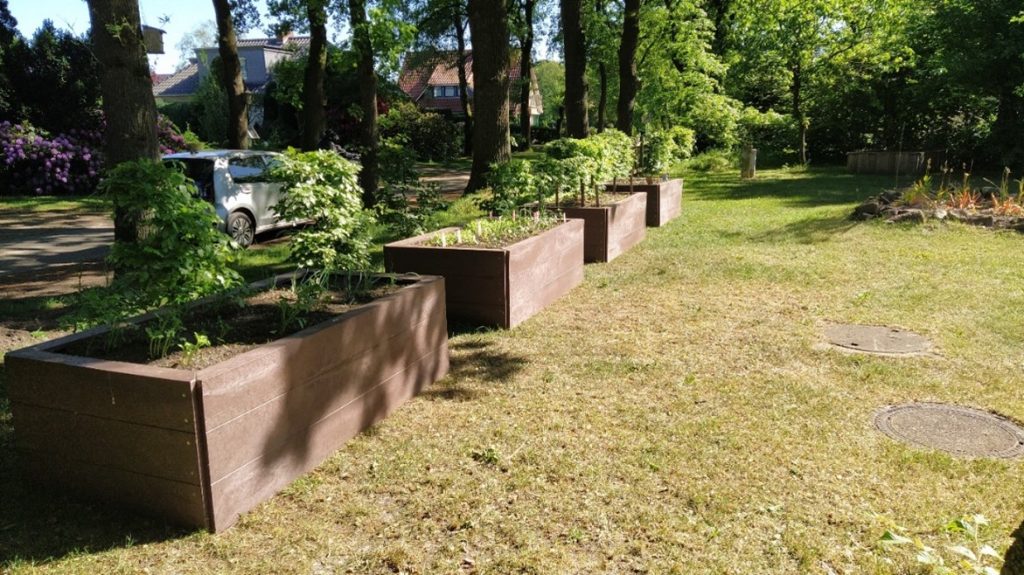
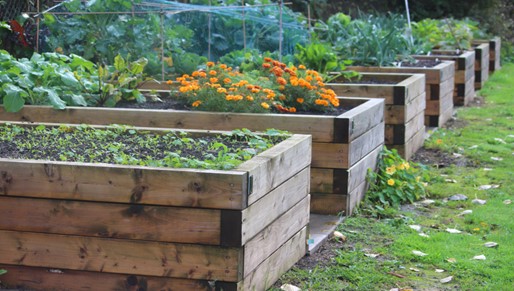
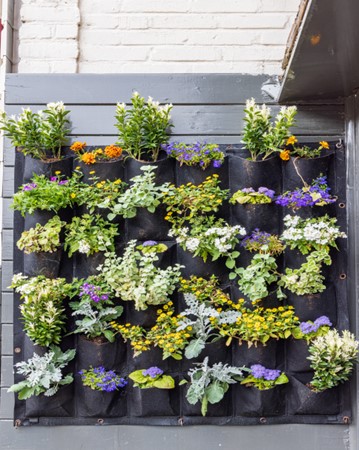
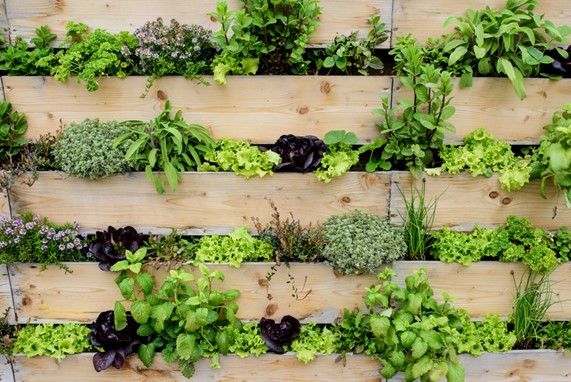
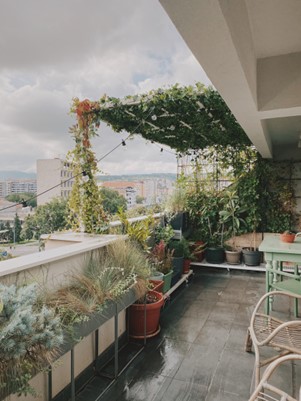
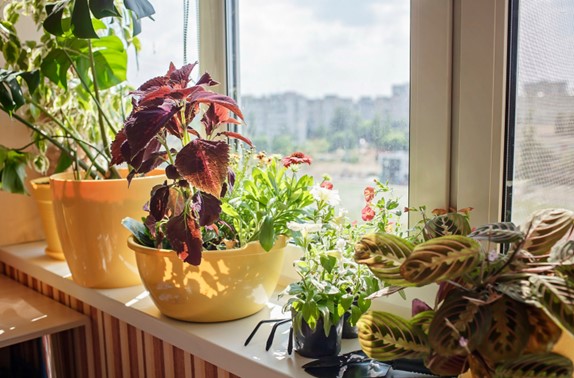
The goal of this lesson is to teach students how to use permaculture analysis and tools to develop productive green spaces in small areas like yards and balconies. They will also explore various solutions for growing food in small urban areas.
Plan a garden on your balcony/terrace/yard
or